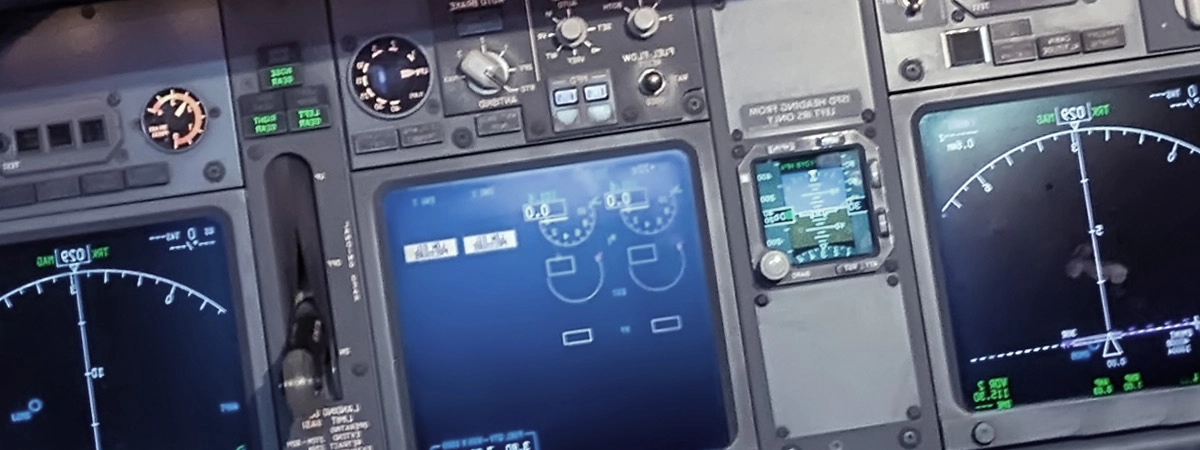IEC 61174 Electronic Chart Display and Information System (ECDIS) Testing
The International Electrotechnical Commission’s IEC 61174 standard defines the requirements for electronic chart display and information systems (ECDIS). This critical system is essential for marine navigation, providing real-time positional data and route planning to ensure safe maritime operations. ECDIS testing ensures compliance with this standard to guarantee the reliability and accuracy of these systems.
The testing process involves a series of rigorous checks to validate that the ECDIS meets all specified requirements under IEC 61174. This includes verification of display, information presentation, data handling, and system interoperability. Proper testing ensures that navigation systems function correctly under various environmental conditions, enhancing safety at sea.
Our laboratory follows the latest international standards to conduct these tests comprehensively. We use state-of-the-art equipment to simulate real-world scenarios, ensuring that each aspect of ECDIS performance is thoroughly evaluated. This includes checking resolution and contrast of displayed charts, accuracy of route planning, and system response times during critical maneuvers.
Accurate testing is crucial for several reasons:
- To prevent accidents caused by human error due to misinterpretation of navigation data
- To ensure interoperability with other maritime systems
- To comply with international regulatory requirements ensuring safe and efficient operations
The ECDIS testing process typically involves several key steps:
- Initial configuration checks: Ensuring that the system is correctly set up to meet all IEC 61174 specifications.
- Display and information presentation tests: Verifying that the display accurately reflects chart data and navigational information.
- Data handling tests: Confirming that the system can process and store data appropriately, including error correction mechanisms.
- Route planning accuracy checks: Ensuring that the system can plan routes safely and efficiently, considering all relevant factors like weather and traffic.
- System response time evaluations: Testing how quickly the ECDIS responds to user inputs or changes in environmental conditions.
Our laboratory uses advanced software tools and hardware setups to simulate these tests under controlled conditions. This approach ensures that we can replicate real-world scenarios accurately, providing reliable test results. Compliance with IEC 61174 not only enhances safety but also helps manufacturers meet regulatory requirements set by organizations like the International Maritime Organization (IMO).
By partnering with us for your ECDIS testing needs, you can ensure that your systems are robust and reliable, contributing to safer maritime operations.
Benefits
Compliance with IEC 61174 ensures the highest standards of safety and reliability in electronic chart display and information systems. Here are some key benefits:
- Enhanced Safety: Ensures accurate navigation and reduces the risk of accidents caused by human error.
- Regulatory Compliance: Meets international maritime regulations, ensuring that your products are legally compliant.
- Improved Interoperability: Guarantees seamless communication between ECDIS systems and other marine equipment.
- Increased Efficiency: Optimizes route planning for more efficient operations.
The rigorous testing process we employ helps manufacturers identify potential issues early in the development cycle, allowing for timely corrections. This not only improves product quality but also reduces costly rework later on.
By ensuring that your ECDIS systems meet IEC 61174 standards, you can enhance overall maritime safety and efficiency, contributing to a more reliable industry-wide performance standard.
Industry Applications
| Application | Description |
|---|---|
| Cargo Ships | ECDIS systems are essential for large cargo ships to navigate safely through complex routes and avoid potential hazards. |
| Vessels of Opportunity | These vessels, such as fishing boats or yachts, also benefit from ECDIS for route planning and safety. |
| Military Craft | ECDIS systems are used in naval operations for precise navigation and mission planning. |
The use of ECDIS is widespread across the maritime industry, from small fishing boats to large cruise ships. These systems provide real-time data that can be crucial in making informed decisions about navigation and route planning.
International Acceptance and Recognition
The IEC 61174 standard is widely recognized and accepted globally, particularly within the maritime industry. Compliance with this standard ensures that your ECDIS systems meet international standards for safety and reliability.
Regulatory bodies such as the International Maritime Organization (IMO) and Classification Societies like Lloyd’s Register and ABS have adopted IEC 61174 as a benchmark for electronic chart display and information systems. This means that compliance with this standard can significantly enhance your product's marketability worldwide.
| Regulatory Body | Acceptance Level |
|---|---|
| International Maritime Organization (IMO) | Officially recognized for ensuring maritime safety standards. |
| Lloyd’s Register | Absolutely requires ECDIS compliance for new builds and conversions. |
| ABS (American Bureau of Shipping) | Recommended for all vessels seeking ABS certification. |
The global acceptance of IEC 61174 means that your products can be used in any maritime environment, enhancing safety and reliability across borders.





